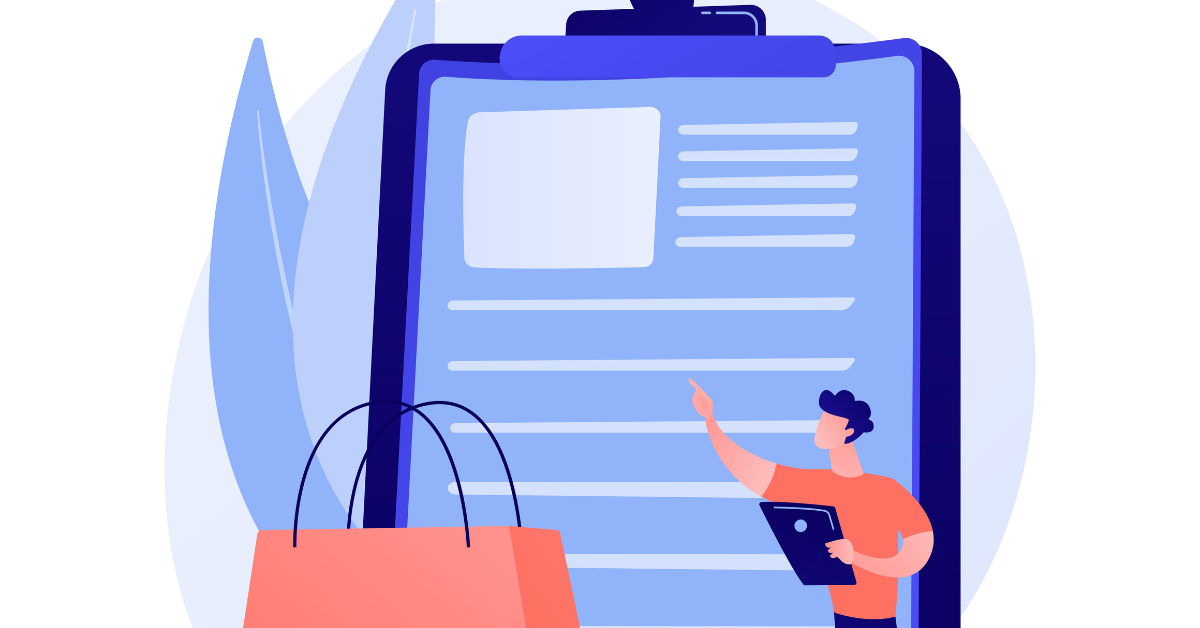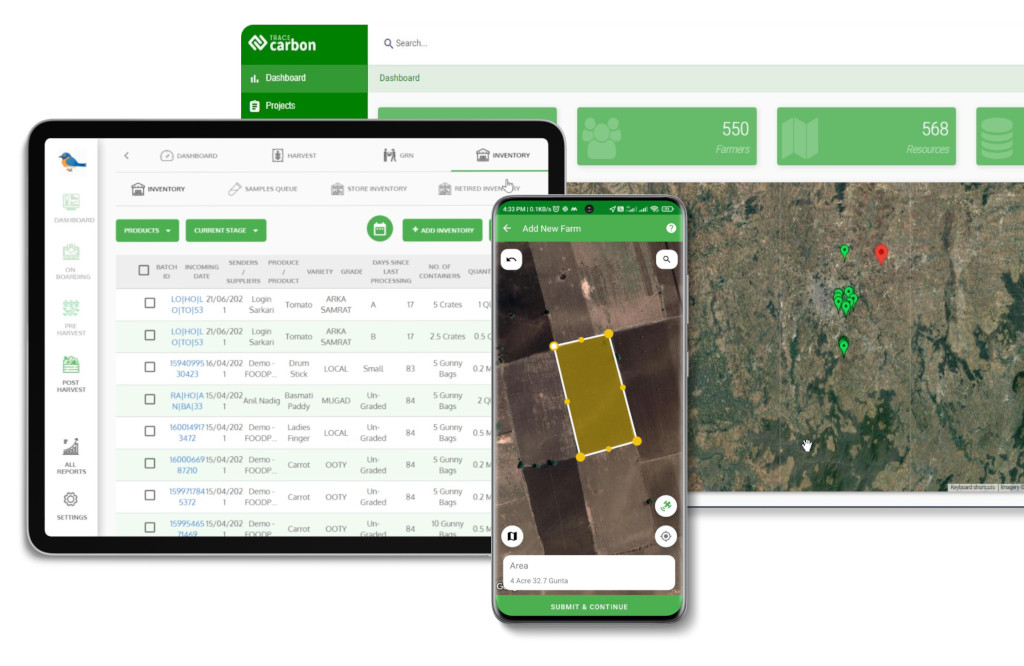Contact: +91 99725 24322 |
Menu
Menu
Quick summary: Discover why digital procurement of fruits and vegetables is essential for scaling farm-to-fork operations. Learn how it improves traceability, farmer inclusion, and supply chain efficiency.

What happens when your entire supply chain is only as fresh as yesterday’s harvest?
That’s the brutal reality of sourcing fruits and vegetables in a high-pressure, low-margin world—where a single day’s delay can mean spoilage, shrinkage, and lost revenue. Traditional procurement methods—paper records, phone calls, price haggling at the mandi—simply weren’t built for speed, scale, or traceability. Digital Procurement of Fruits and Vegetable is a game-changer for agri businesses trying to scale farm-to-fork operations without compromising on freshness or compliance.
The fresh produce supply chain is plagued by fragmentation: dozens of smallholder farmers, inconsistent quality grading, limited visibility on sourcing locations, and unpredictable pricing. Add to that logistical inefficiencies and manual payment tracking, and what you get is an unreliable system—prone to waste, delays, and dissatisfied buyers. Digital procurement flips that script by offering a real-time, tech-enabled approach to sourcing that brings consistency, speed, and traceability—right from the farm to your distribution center.
Key Takeaways
Imagine you’re managing procurement for a fast-growing agri supply chain. You’re sourcing from 500+ farmers, across dozens of villages. The produce is fresh, fragile, and time sensitive. You’re juggling WhatsApp orders, price calls from local mandis, and chasing field agents for handwritten receipts. It’s chaotic—and every minute lost is a crate of tomatoes going soft in the sun.
That’s where Digital Procurement of Fruits and Vegetables steps in—not just as a tech tool, but as a strategic shift in how modern agri businesses operate.
At its core, digital procurement means using technology to streamline, track, and optimize the buying of fresh produce—from the farm gate to the distribution hub. It replaces paperwork, guesswork, and fragmented communication with real-time data, transparency, and automation.

These aren’t tech questions—they’re business growth questions. And the answer is digital procurement.
Digital procurement isn’t just a tool—it’s a competitive edge.
It helps you meet rising consumer expectations for traceability, buyer demands for compliance, and your own need for operational excellence. If you’re aiming to grow your fresh produce brand across geographies or into the EU, you can’t scale without digital.
If you’re managing procurement or operations in an agri business, you’re probably juggling hundreds of farmer interactions, fast-moving perishable goods, and constant pressure from buyers who want traceability, quality, and speed—challenges all at once.
Your goal is to build a supply chain that is scalable, transparent, and efficient. But the intent behind that goal is bigger:
Without GPS-tagged sourcing or live field data, you’re operating on assumptions. Where exactly did that mango come from? Was it harvested yesterday or last week? You can’t manage what you can’t see.
When different field agents use different standards (or none at all), your cold storage fills with produce that doesn’t match buyer specs. Manual grading leads to waste, rejections, and customer dissatisfaction.
By the time information travels from field to office, the data is outdated—or worse, lost in WhatsApp threads and paper notebooks. You’re always reacting, never optimizing.
When farmers don’t know how their produce is priced or when they’ll be paid, trust erodes. Disengaged suppliers mean inconsistent volumes, poor quality, and higher churn.
In an age of EUDR and eco-conscious consumers, not being able to prove where your produce comes from—or whether it’s deforestation-free—is a dealbreaker.
Farm-to-fork success isn’t about moving more produce—it’s about proving you moved it right.
If your supply chain can’t tell the story of origin, quality, and compliance, it’s not ready to scale.

You’re not just trying to buy produce. You’re trying to buy it fast, fairly, and without losing visibility at scale. You want to pay farmers on time, know where your goods came from, meet buyer standards, and never have to say: “Sorry, we lost the paperwork.”
That’s where digital procurement steps in—not as another layer of tech, but as the infrastructure your fresh produce business actually needs to grow without chaos.
Here’s how it fixes the cracks in the farm-to-fork model:
Using mobile apps, IoT tools, or cloud dashboards, your field agents can collect procurement data on the go—even in offline mode. No more waiting for end-of-day uploads or missing notebooks.
You see what’s being bought, from whom, at what price—as it happens.
Every batch is linked to a precise farm location. No ambiguity. No compliance gaps. With GeoJSON mapping and QR codes, you can trace that tomato or turmeric right back to the field it grew in.
Digital procurement makes pricing clear and consistent, whether it’s dynamic mandi-linked rates or pre-set contracts. And with in-app grading tools, your team uses the same standards every time, reducing quality rejections and farmer disputes.
Your procurement data doesn’t sit in isolation. It flows into your logistics, inventory, and payment systems, enabling accurate stock forecasts, reduced spoilage, and synchronized dispatch.
Delayed payments kill farmer relationships. With auto-generated invoices and digital payout workflows, you close the loop quickly. Farmers get paid faster. You get supply loyalty and volume assurance.
Digital procurement isn’t just about tech adoption—it’s about shifting from reactive firefighting to proactive supply chain mastery.
Digital procurement isn’t just a tool for agri-buyers—it’s an on-ramp to digital inclusion for farmers who were previously invisible in the system.
It’s the starting point for digitizing rural economies, enabling them to connect to formal markets, access working capital, and build resilience.
When done right, digital procurement:
Discover how farmer tokens are transforming the way agri-businesses collect, track, and settle harvests—faster, fairer, and fully digital.
Read the case study to see how real-time tokenization is helping teams reduce errors, speed up payments, and build farmer trust.
Managing procurement in agriculture—especially with perishable goods like fruits and vegetables—requires more than just record-keeping. It demands real-time visibility, traceability, and precision, from the farm gate to the buyer. That’s where TraceX steps in as your full-stack digital procurement solution.
TraceX empowers your field agents to:
With TraceX, each procurement is linked to:
This ensures end-to-end traceability—so your produce isn’t just fresh, it’s also verified.
Inconsistent grading leads to rejections and spoilage. TraceX allows your teams to:
All field data flows into one smart dashboard where you can:
TraceX connects seamlessly with:
Scaling a farm-to-fork operation is no longer just about moving more produce—it’s about doing it with precision, transparency, and trust. Digital procurement of fruits and vegetables doesn’t just optimize transactions—it transforms them. From reducing spoilage and standardizing quality to ensuring compliance and empowering farmers, the shift to digital is no longer a trend—it’s a business necessity.
As demand for traceable, compliant, and ethically sourced fresh produce grows, your competitive edge lies in how intelligently you procure. Digital tools don’t just scale your sourcing—they scale your credibility.
Digital procurement in agriculture refers to the use of technology platforms to manage the sourcing of crops like fruits and vegetables. It includes tools for real-time data capture, geo-tagging, quality grading, and seamless integration with inventory, payments, and compliance systems.
Because fresh produce is highly perishable and price-sensitive, digital procurement ensures faster transactions, better quality control, and full traceability from farm to fork—helping reduce losses and meet buyer demands.
It enables consistent procurement across hundreds of farmers, automates record-keeping, and provides visibility into every step of the supply chain—making it easier to expand into new markets while staying compliant with regulations
